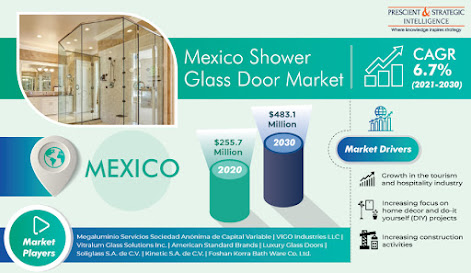Anode Material for Automotive Lithium-Ion Battery Market: What are the Key Growth Factors?
Key factors such as the soaring sales of electric vehicles (EVs) and reducing prices of electrode materials will drive the anode material for automotive lithium-ion (Li-ion) battery market at a CAGR of 5.7% during the forecast period (2020–2030). The market generated $707.2 million in 2019, and it is expected to reach $1,348.6 million by 2030. In recent years, academic institutions and original equipment manufacturers (OEMs) have started investing in research and development (R&D) for better anode materials than the ones currently in use.
Another key factor driving the anode material for automotive lithium-ion battery market growth is the constant reduction in the prices of these materials. The anode accounts for nearly 10–18% manufacturing cost of a Li-ion battery, which is already expensive. The price of anode materials is a key factor governing the usage of batteries, as it is affected by downstream battery manufacturers and upstream raw material suppliers. Owing to this reason, OEMs are working on the development of low-cost anode materials. The cost curtailment of Li-ion battery anode material is also aimed at supplementing the energy density of these batteries.
In the coming years, these batteries will be largely installed in passenger cars and commercial vehicles. Li-ion batteries are being incorporated in electric commercial vehicles, such as buses and trucks, as they require a battery with a high capacity and energy density. Automakers now have the option of installing high-capacity-ion batteries that have artificial graphite, amorphous carbon, natural graphite, lithium–titanate oxide (LTO), and silicon compounds in their anode.
Globally, the Asia-Pacific (APAC) region adopted the highest quantity of anode material for automotive Li-ion batteries in 2019, and it is expected to be the largest consumer in the coming years too. This can be owed to the widescale adoption of EVs in China, on account of the favorable government policies, infrastructural support, such as for charging station installation, subsidies and incentives, and investments in the EV industry. Moreover, the growing awareness regarding the lower total cost of ownership (TCO) of EVs in comparison to conventional vehicles and the environmental benefits of the former are fueling the demand for them in the region.
On the other hand, Europe is expected to display the fastest growth in the anode material for automotive lithium-ion battery market in the forecast period. This can be ascribed to the joint efforts by the European Union (EU), commercial lenders, and battery manufacturers to create a conducive charging ecosystem and become self-sufficient in battery manufacturing. For example, in 2018, the European Investment Bank approved a loan to Northolt Ett to start a battery Gigafactory in Sweden. Similarly, the German government is planning to increase the domestic production of Li-ion batteries for EVs.
Thus, the increasing R&D activities and reducing cost of the anode materials will ultimately fuel the sales of EVs in the foreseeable future, by making them cheaper for the masses.




Comments
Post a Comment